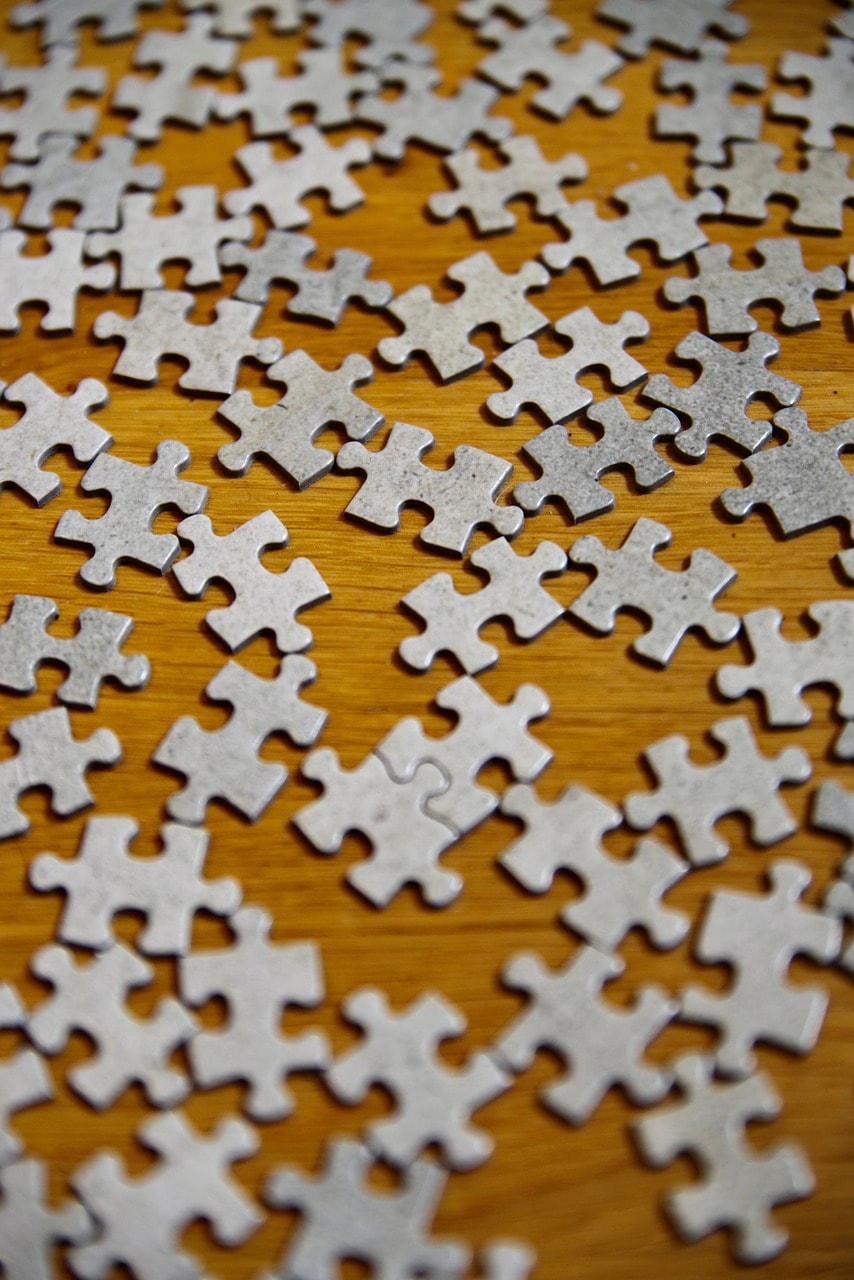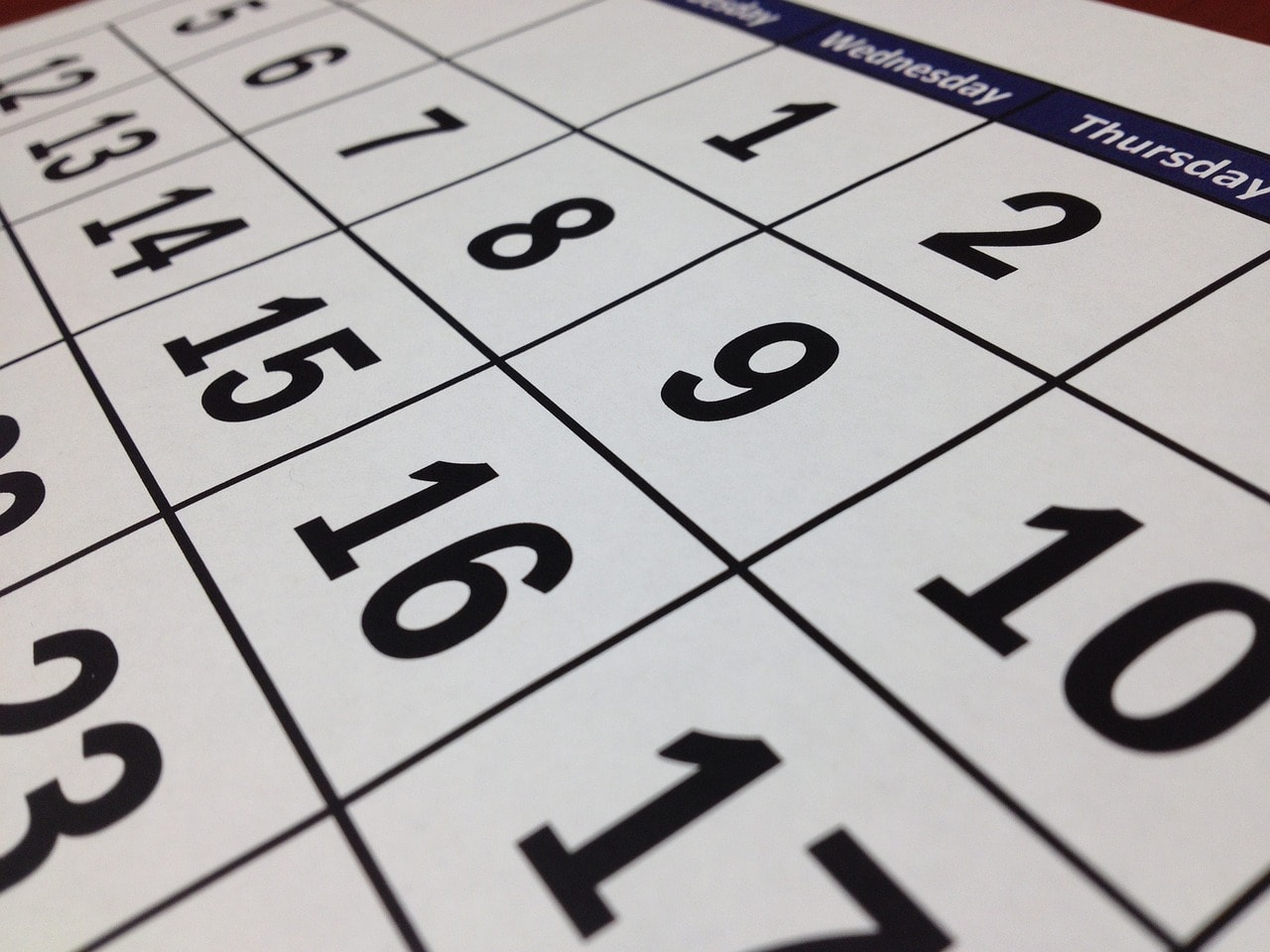
by Annie-Jane Finch Johnson
Introduction
In my previous experience working with physical education (PE) teachers and from my online research of school website curricula, many of the PE GCSE theory curricula are designed by the units given in the exam board specification. Whilst these units are evidently crafted to bring areas of knowledge together, they do not provide an understanding of (what I will call in this post) foundational or applied knowledge, nor are they created to provide opportunities for long term learning across the two years of the course.
The research surrounding cognitive science presents many potential strategies to use when designing a physical education curriculum, but the key principles to remember are that working memory has limited capacity and can suffer with overload as information is processed (EEF, 2021). Furthermore, learning requires information to move into the long-term memory from the working memory through encoding. I have been in a very fortunate position to design an IGCSE physical education curriculum from scratch as a founding teacher at my previous school. I hope that sharing a few of my learnings on my journey will challenge you to question and evaluate your own curriculum. These are strategies you can do in the short term which work well for department discussions.

1. What is the purpose?
Purpose shapes the curriculum, it is the heart of education. For those of you in an established school, you may already have a purpose for your IGCSE/GCSE PE curriculum, but it is wise to always revisit this. Some questions you may want to consider are:
What do we want our students to have learned by the end of the curriculum?
What do we hope our curriculum gives our students that they might not get in another curriculum?
How is our curriculum raising expectations?
2. Can you find a link?
It may seem obvious but trust me, when you dig deeper than the existing exam board proposed units you see so much more. Looking further into the intricacies of your current curriculum opens your eyes to so many links and opportunities to solidify knowledge and understanding than are first seen.

Where did I start?
I printed off the whole theory specification and cut it up into the units provided by the exam board. I then sat and looked through each unit to identify what points could be linked together from different units. For example, bringing together 11.4 – injuries to 7.3 – warm up and cool down because you already teach that a warmup and cool down prevents injury in 7.3. Teaching these together creates connection for students rather than them becoming separate units and entities, and in turn enhancing the schema.
Once you identify additional connections, start combining them to create your own units. You may find that some proposed units are strong enough on their own and provide valuable knowledge and connections for learning.
3. Foundational or applied knowledge?
“A great deal of teacher development time would be wisely spent analysing the curriculum, so that teachers have a clear understanding of what the learning steps might look like” (Sherrington, 2019, p.16). You have created your own units based on the connections you have made with the small details in your curriculum. Now your thoughts can move towards identifying what units are foundational knowledge and what units are applied knowledge.
Foundation knowledge:
The students need to know this content in order to progress in the physical education curriculum and access further content.
Example: Learning antagonistic pairs, bones and muscles
Applied knowledge:
These units would prove difficult to learn without the foundational knowledge already being learned.
Example: Class of levers with sporting examples
A unit on the foundational knowledge of the skeletal and muscular systems, followed by a unit on the applied knowledge of levers in sports at a later time in the course allows students to deepen their understanding and connect new concepts with prior knowledge (Busch, 2024). This foundational knowledge will enhance their grasp of muscle and bone placement in various types of levers.
Next steps:
The exam board will have proposed the big ideas, but these more often than not fall into their chapters/units in the textbook. AQA (2018): –
“Take the time to look through the new units that you have created, can you notice any common threads, any big ideas? Can you group your units to create an understanding of the big ideas e.g. one big idea could be sport science. Once you have these units together, think about where you want to place these across the 2 years and how the knowledge can build over time to make sense of concepts.” (Sherrington and Caviglioli, 2020, p55).
4. Can you make connections?
“Disconnected facts in the mind are like unlinked pages on the web: They might as well not exist” (Pinker, as cited in Myatt, n.d.)
I really like this quote; it really probes you to question why you teach certain content. Your initial reaction may be “because the exam board specifications states to,” but this is the challenge for you. How can you make this relevant, realistic and connected?

As your curriculum starts to take shape with its purpose, big ideas, and foundational/applied units, look for further opportunities to connect content. This is where you can start to build on prior knowledge and continue to build schemas across the two years, in turn developing long-term learning.
Linking back to my example above, placing levers in the first term of the 2nd year can allow an opportunity to revisit bones and muscles (foundation knowledge taught at the beginning of year 1) to then understand how the Fulcrum, effort and resistance are located during a lever. Of course, that is not the first time I will have revisited muscles. I also revisited this in the first year when looking at muscular strength/endurance and connecting with muscle fibres.
You can also look at key calendar dates across the school, media and sport competitions. Are your students going on a residential outdoor education trip? This would be the perfect opportunity to create coherence and bring in your unit around risk, creating explicit connections and links between experiences (Leading Learner, 2019). You can go one step further and think in detail about the physical activities that your learners will cover and where they might link with theory lessons.

In conclusion
We must take the time to analyse our physical education curriculum and think hard about whether it is meeting the purpose we hold to account . If we are truly to create long-term learning for our students, we have to prioritise continually adapting the curriculum to suit their needs. This is of course curriculum at a more macro level and does not discuss the intricacies of pedagogy, assessment and short-term planning, but I hope it provides you with food for thought and a stepping stone on your curriculum design journey.
Learn
Click here to access PE Scholar’s bite-size courses on curriculum design and GCSEs
Listen
To find out more about designing a PE curriculum, click here for a summary of and link to Anna Sheppard’s PE Insights podcast episode.
Also, look out for our Supercharging PE GCSE exam teaching series in January 2025!
References
AQA (2018). Specification For teaching from September 2016 onwards For exams in 2018 onwards. [online] Available at: https://filestore.aqa.org.uk/resources/pe/specifications/AQA-8582-SP-2016.PDF
Busch, B. (2024, May 24). The spiral curriculum: A complete overview. InnerDrive. https://www.innerdrive.co.uk/blog/the-spiral-curriculum/
LeadingLearner (2019). 7 Principles of Good Curriculum Design. [online] @LeadingLearner. Available at: https://leadinglearner.me/2019/04/03/7-principles-of-good-curriculum-design/.
Mary Myatt Learning. (n.d.). How concepts help pupils to learn the curriculum. [online] Available at: https://www.marymyatt.com/blog/how-concepts-help-pupils-to-learn-the-curriculum [Accessed 11 Jun. 2024].
Sherrington, T., and Caviglioli, C. 2019, Teaching Walkthrus: five step guides to instructional coaching, John Catt Educational Ltd


Responses